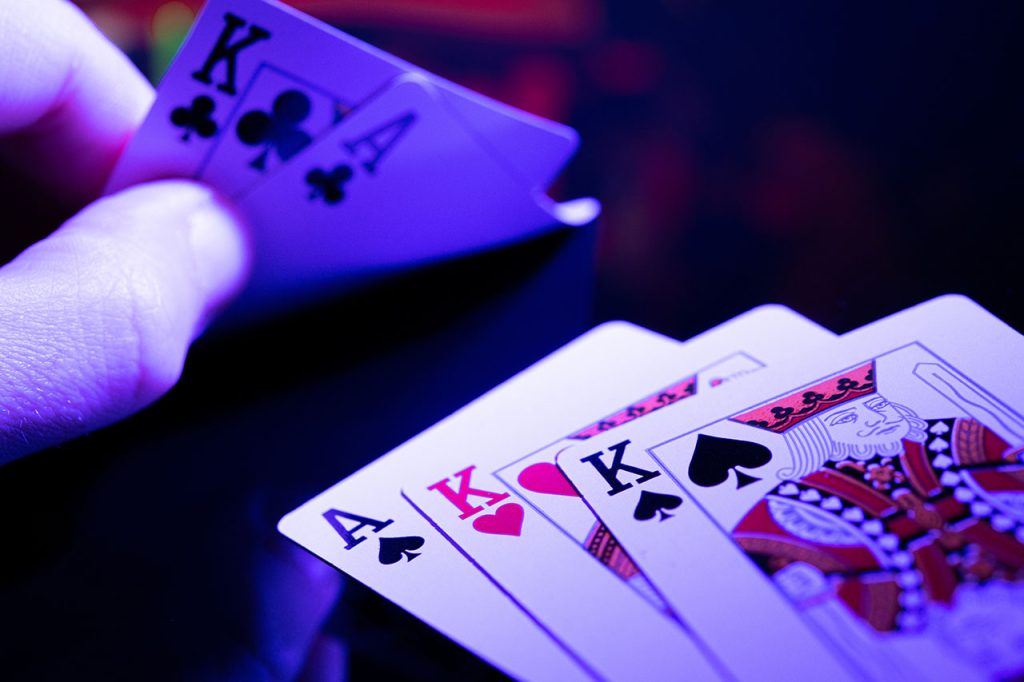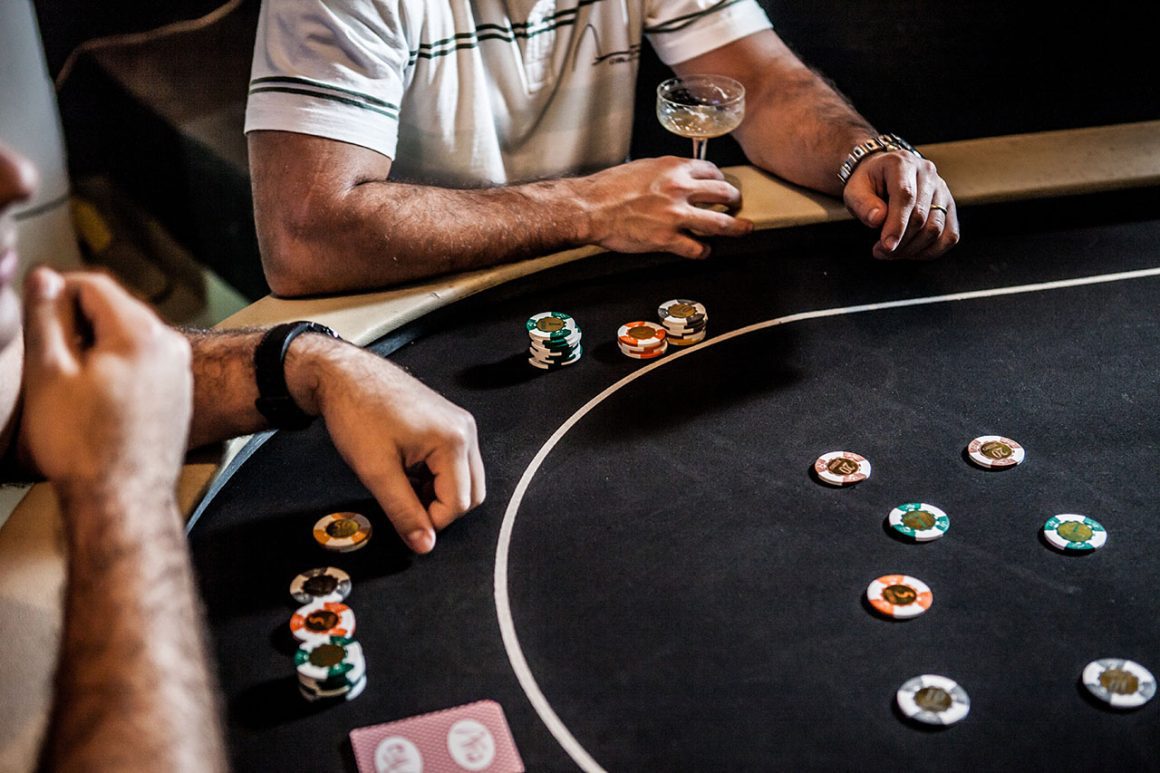Playing poker and managing your bankroll is a tricky equation. Only a few intelligent and patient players can achieve the ideal balance. When players enter the casino floor, they get too indulged in playing poker in competitive environments. With hours spent on a single table, poker players lose their bankroll and regret their negligence later. While it is a common challenge, it mostly happens to new and intermediate players. If you are one of these players and want to strike that spending balance, we can help. Here, we uncover the secrets of bankroll management in poker.
Effective Strategies for Bankroll Management in Poker
Poker is one of the most entertaining games in casinos. Players from around the globe visit popular casinos to test their poker luck. With immense popularity and simple rules, the game pulls players like a magnet.
However, only those that play smart become the pros. One of the major ingredients of the poker equation is managing your spending limits. Here are a few factors you should keep in check.
Determine a Budget
Planning to visit your favorite casino? You might want to slow down and review your bankroll status first. Having significant amounts in your bankroll is great, but one must know how to determine a playing budget. Before leaving your house, go through the steps below to determine how much you can spend on poker.
Firstly, you may figure out the time of the month you are in. If your payday is far, you might want to spare amounts for other expenses. In the next step, quickly review your expenses till the next payday. Calculating the total budget to meet your expenses will help you determine the actual money you can spend in a casino.
Now, subtract the expenses from your total balance and double-check to ensure you do not miss out on any. Once done, you can divide the remaining amount into at least two spending portions. You can use one to play poker and the other to have drinks or food. Although it’s a basic way of budgeting, it comes in handy when struggling to find a balance.
Pick the Game You Can Afford
Poker is fun, regardless of low-stakes or high-stakes poker tables. You can try hitting the high-stakes tables if you have significant amounts resting in your account. On the other hand, picking low-stake tables can favor you more if you have smaller amounts to spend.
A common mistake many players make is going with the flow. This approach may ruin you if your goal is to maintain a balance between spending and playing poker.
Alternatively, you might want to focus on low-stake poker games, allowing you more error margin and space to bounce back. More importantly, you can play more games in a single casino visit despite losing multiple sessions. If you win, you can prolong your play.
A general rule that may suit you more is having at least 20-30 buy-ins for cash games and 100-200 for tournaments. This strategy minimizes the risk of going broke due to variance. More so, you can play other games (if you like) for an entertaining experience.
Define Your Loss Limits
You might have seen many poker players setting winning limits in poker, but the ones defining their loss limits are rare. A common belief among poker players is that you must stop your winning streak if you don’t want to get addicted to playing poker. What if we tell you there is a more logical way to achieve this goal? The answer hides in defining your loss limits.
When you plan ahead and stick to not losing more than four or five games (depending on your preferences), you can call it a day before losing your bankroll. Bearing losses in a row can be hard for some players. They either bounce back or leave the table. We recommend getting up and off the floor to avoid addiction and bankroll issues.
If you choose the opposite (winning limits), your dopamine drive might lure you into playing more games, risking your bankroll. Ultimately, it comes down to how patient and sane a player is when playing in the most competitive casino environments. If you have expert poker players in your community, discuss this approach with them to know how you can benefit from it.
Emotional Playing Is a Big No
Emotions have everything to do with gambling addiction and bankroll management. Emotional vulnerability has ruined more poker stars than it has helped. It usually kicks in when you do not allow yourself to think (and prepare) for negative outcomes. Passionate poker players have high spirits before placing bets and lose their sanity if the game turns out against them.
It is super important to know how your brain handles such scenarios. When you align your thoughts with winning bets only, you drive yourself into a you versus poker equation, which is not the way to go about it.
Players sticking to this approach are more likely to make emotional decisions on a poker table. The most crucial casino lesson for all players is that you only play against your emotions. If you win, you can find a perfect bankroll balance.
Playing against your emotions means not letting your sentiments drive your choices in the game. If you lose your bet, it is not a sign of disrespect. Even the biggest poker stars find themselves in the losing positions.
Remember, poker (like other casino games) is a luck-based game. Regardless of your skill, you cannot be sure about the game’s outcomes. Bankroll management in poker comes when you learn to set your emotions aside.

Final Thoughts
Bankroll management in poker is the most critical part. Only emotionally stable and patient players can achieve this goal. The above factors may help you find the ideal balance between playing poker and spending money.
If you want to stay ahead of the latest poker stories and strategies, Poker2All can give you what you need. Explore the website today for more ideas.


Leave a Reply